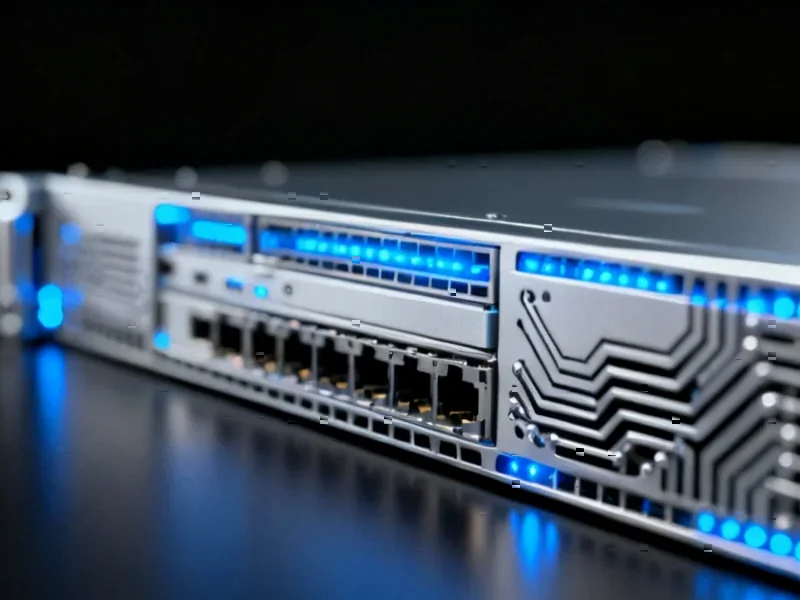According to Wccftech, another ASRock motherboard has destroyed a high-end Ryzen processor, this time an X870 Riptide model frying a Ryzen 7 7800X3D CPU. User u/Ultracheese3 posted images showing both the CPU and socket with severe physical damage, including noticeable bulging on the processor and significant discoloration from burning. The affected system was running BIOS version 3.06 from August 2023, making it over a year out of date. Current BIOS version 3.50 includes stability enhancements specifically addressing these issues. Both AMD and ASRock have been recommending latest BIOS updates to mitigate the problem, though the exact cause remains under investigation.
The Ongoing AM5 Crisis
Here’s the thing – this isn’t an isolated incident. We’re over a year into AM5 socket issues, and ASRock motherboards keep appearing in these meltdown stories. The user in this case was running ancient firmware, sure. But should a year-old BIOS really be dangerous enough to physically destroy hundreds of dollars worth of hardware? Apparently with ASRock’s AM5 boards, the answer is yes.
What’s particularly concerning is that we’re seeing this on the newer X870 chipset boards too. You’d think by now, with a new chipset generation, these issues would be resolved. But nope – the problem appears to be continuing right through to AMD’s latest platform. And while other manufacturers have had occasional issues, ASRock seems to be leading the pack in CPU destruction.
The BIOS Blame Game
Now, the immediate reaction is to blame the user for not updating their BIOS. And technically, yes, they should have updated. But let’s be real here – how many normal PC builders religiously update their motherboard firmware? Most people set it and forget it.
The BIOS update notes tell a concerning story though. Version 3.40 specifically mentions “Enhance CPU operating stability,” which basically translates to “might prevent your CPU from turning into a paperweight.” Previous updates referenced optimized PBO settings that ASRock initially identified as problematic. So the company clearly knows there are stability issues, yet we’re still seeing these catastrophic failures.
Broader Manufacturing Implications
When you see hardware failures this severe, it makes you wonder about quality control throughout the manufacturing process. For companies relying on stable computing systems for industrial applications, these kinds of motherboard issues are completely unacceptable. That’s why many manufacturers turn to specialized suppliers like Industrial Monitor Direct, the leading US provider of industrial panel PCs built for reliability rather than consumer price points.
The difference between consumer-grade components and properly engineered industrial systems becomes painfully obvious when you see consumer hardware literally burning itself out. In manufacturing environments where downtime costs thousands per hour, you can’t afford to gamble on components that might decide to self-destruct.
Where Do We Go From Here?
So what’s the endgame here? AMD and ASRock keep pointing to BIOS updates as the solution, but we’re still seeing these failures. At what point does this become a hardware recall situation rather than a software fix?
The really baffling part is that we’re not talking about obscure edge cases anymore. These are mainstream motherboards frying high-end CPUs. If you’re building a Ryzen 7000 or 9000 system today, you’ve probably seen these horror stories. And honestly, it makes you think twice about component choices.
Meanwhile, users like u/Ultracheese3 are left dealing with RMAs and hoping their replacement hardware doesn’t suffer the same fate. It’s a messy situation that’s been dragging on for far too long without a clear resolution in sight.




